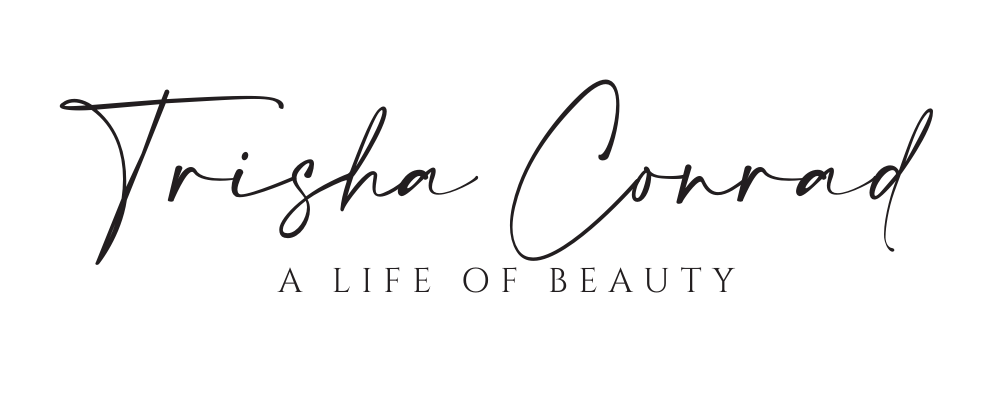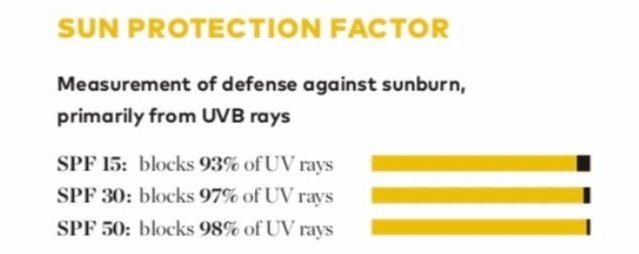Safely Soak Up the Sun: Tips for Effective Sun Protection
Summer is just around the corner, and as we gear up for days spent outside, it's important to talk about sun safety. Not only is sunscreen crucial for preventing skin cancer, but it also helps protect against premature aging and sun damage. As a Registered Nurse Skin Consultant and clean beauty leader at Beautycounter, I'm passionate about educating people like you on the prevention of illnesses and promotion of your best health. This includes educating your on the topic of sun protection while also helping you find safe and effective personal care products that not only protect you from the sun's harmful rays, but are free from other toxins as well.
Effects of Sun Exposure on the Skin
Before we dive into the specifics of sunscreen, let's talk about the sun and its effects on the skin. While exposure to the sun provides us with much needed benefits like Vitamin D absorption and mood-boosting Serotonin, there are also harmful effects to be aware of.
Did you know that according the American Cancer Society, UVB rays have slightly more energy than UVA rays? What' more is that UVB rays can damage the DNA in skin cells directly and are the main rays that cause sunburns? UVB rays are also thought to cause most skin cancers.
On the other hand, according to the Skin Cancer Foundation, UVA rays, while slightly less intense than UVB, penetrate your skin more deeply. Exposure to UVA rays causes genetic damage to cells on the innermost part of your top layer of skin, where most skin cancers occur. The skin tries to prevent further damage by darkening, resulting in a tan (AKA hyperpigmentation). This explains the importance of using a broad-spectrum sunscreen that protects against both UVA and UVB rays.
Mineral vs Chemical Sunscreen
Because there are so many sunscreen products on the market today, shopping for sunscreen can be a daunting task. Looking for the words "broad spectrum" is very important, but there are also other boxes to check. You want to look for a "mineral" sunscreen as opposed to “chemical”. Mineral sunscreens are considered to be safer than chemical sunscreens because mineral sunscreens work by sitting on top of the skin and physically blocking or reflecting the sun's rays. This means that mineral sunscreens are less likely to cause skin irritation or allergic reactions as opposed to chemical sunscreens which penetrate the skin and absorb the UV radiation.
Furthermore, some chemical sunscreen ingredients, such as oxybenzone and octinoxate, have been shown to be harmful to marine life and may contribute to coral reef damage. These ingredients have been banned in some areas, including Hawaii and some parts of the Caribbean, due to their harmful effects on the environment. According to the Environmental Working Group (EWG), numerous new studies have raised new concerns about endocrine-disrupting effects from homosalate, avobenzone and oxybenzone.
But clean ingredients are just one aspect of an effective sunscreen. You also want to make sure you're applying it correctly. By applying it liberally, making sure to cover all exposed skin, and ensuring to reapply every 90 minutes, especially if you're swimming or sweating, you'll get the most out of your sun protection. Lastly, be sure to check the expiration date! Expired sunscreen loses it’s effectiveness and can lead to a surprising sunburn.
SPF Rating
Did you know that the SPF rating only refers to UVB rays? And as the SPF value increases, the protection against UVA rays decreases? An SPF 15 sunscreen blocks 93% of UVB radiation, and SPF 30 blocks 97%. After that, the difference in protection is small. SPF 50 blocks 98%, and SPF 100 stops 99% of UVB rays from reaching your skin. Furthermore, as the SPF increases, higher concentrations of sun-filtering chemicals than low SPF sunscreens are required. Some of these ingredients may pose health risks when they penetrate the skin and have been linked to tissue damage and potential hormone disruption while others may trigger allergic skin reactions. Because of this, looking for a lower SPF rating that's a mineral sunscreen and broad spectrum is typically the best.
Other Precautions
In addition to sunscreen, there are other steps you can take to protect your skin from the sun's harmful rays. Wearing protective clothing, such as hats and long-sleeved shirts, can provide additional coverage. Seek shade during peak sun hours, generally from 10 a.m. to 4 p.m. And don't forget to protect your eyes with sunglasses that offer 100% UV protection.
Skin Cancer Prevention
Finally, let's talk about skin cancer prevention. The American Academy of Dermatology recommends performing regular skin self-exams to check for any changes in moles or other skin lesions. If you notice any changes, such as a new growth or a change in color, shape, or size, make an appointment with your dermatologist as soon as possible. After turning 40 last year, one of my requests from my family doctor was to start having regular skin checks with a dermatologist. My dermatologist found a concerning mole which she removed and discovered it to be a moderately atypical mole which, according to the Skin Cancer Foundation, could put me at a higher risk for developing melanoma. This was not a mole that I would have thought suspicious and was located on an area where I don't often expose to the sun, so I encourage you to be proactive, visit a dermatologist, and have your skin checked.
In conclusion, as we prepare for summer, let's not forget the importance of protecting our skin from the sun's harmful rays. With the right sunscreen and a few simple precautions, we can enjoy the outdoors while keeping our skin safe and healthy.
You can view my list of favourite sunscreens here and to download my checklist for swithcing to safer, please fill out the form below.
Download my checklist for swithcing to safer, please fill out the form below:




